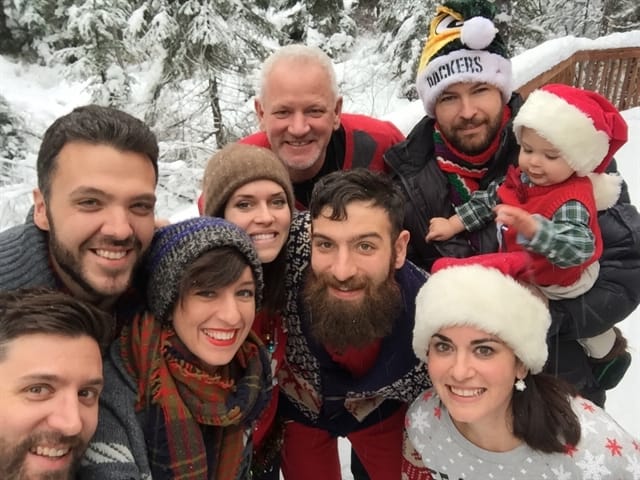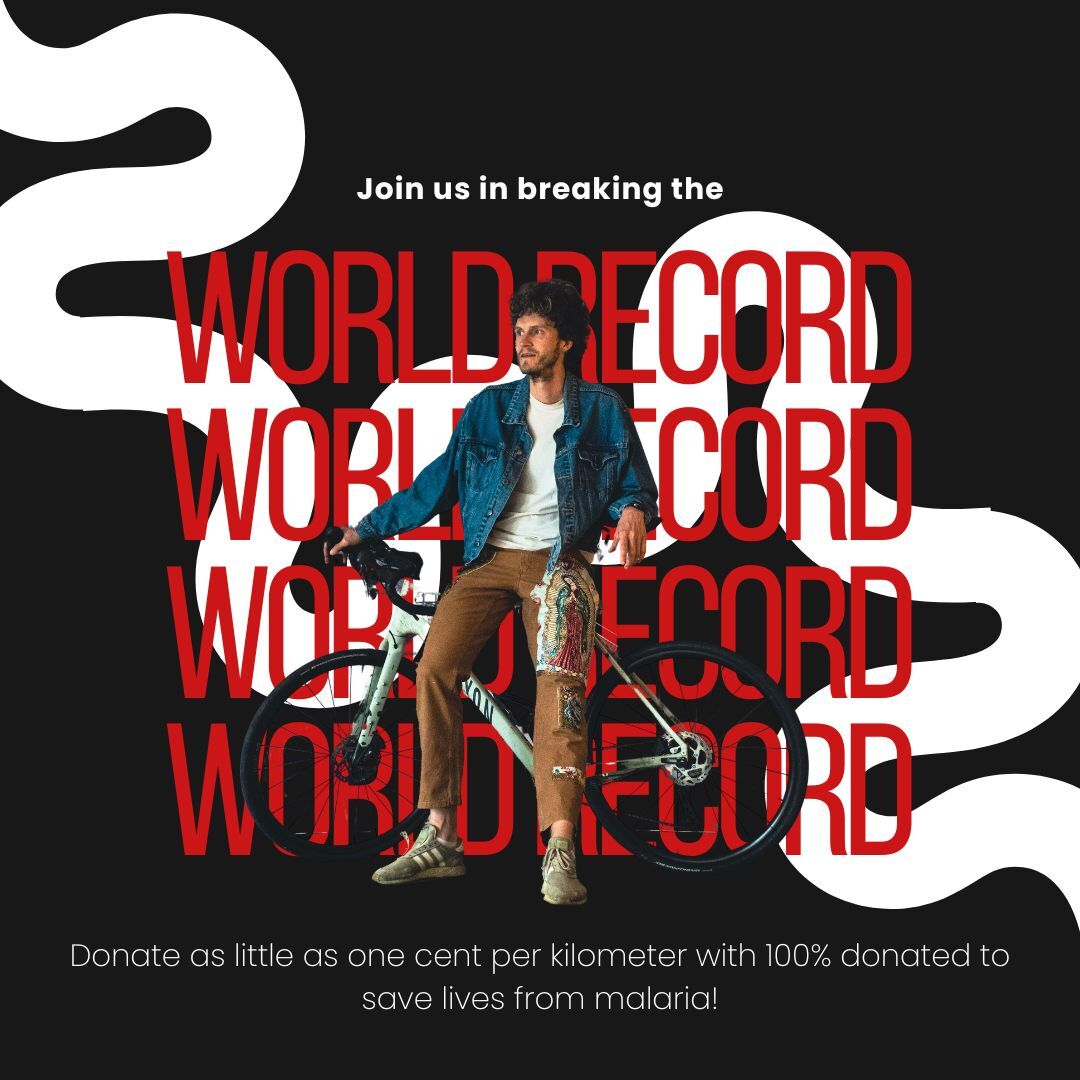If you’re like me, it can be hard to talk about your charitable giving without feeling preachy and annoying. Even after heeding the call to be more public about your philanthropy, there is still an implied criticism that makes me uncomfortable.“I’m giving to these charities, what charities are you giving to, hmm? HMM?!” This can be especially true with family members, who've had the privilege of being lectured-to at every step of your evolution through socialism, atheism, libertarianism, Buddhism, etc, and may be inclined to see effective altruism as just the latest in a long string of “ism”s. But if you’re like me, trying to help the world through effective giving is becoming an ever more important (and stable) part of your life, and one that you’d like to share with those closest to you.
This past Christmas, a good portion of my close family gathered outside of Anchorage, Alaska, for eight days of Smith Family Christmas (SFC). We rented a large cabin in the brisk ski town of Girdwood, and passed the days playing board games and drinking (spiked) mugs of coffee and cocoa. In good SFC fashion, we all took turns picking Christmas movies and planning activities, so it wasn’t a hard sell when I asked if they’d try a Giving Game with me. (If you want more information about what Giving Games are, check out this page at The Life You Can Save.) I kept the details of the activity a little mysterious, just telling them that we’d need about an hour to play, and they wouldn’t need to change out of their pajamas (big plus).
I kicked off the activity with a question: How do you compare charities that do different things?
Stock indexes help us find top performing commercial companies over a variety of fields, but there’s no comparable market for non-profits. To prime our brains for how we might make these comparisons, we walked through Peter Singer’s great evil museum demon thought experiment. In it, he presents a donor with a dilemma – should I contribute $100K to help build a beautiful new wing at an art museum, or to fund the treatment of a degenerative eye condition in the developing world? Singer narrates a method to find which cause you value more by imagining a sight-taking ghoul which haunts the new wing.
We built up our giving pool by putting in a dollar amount for each person playing. I adjusted the per-head value ahead of time to fit my giving budget, and provided the funds myself to avoid asking anything of my family other than to participate. That settled, we were ready to start the Giving Game! I spent the first few minutes going over some highlights of our three contestant charities. The first, GiveDirectly, helps families in extreme poverty with direct cash grants. Up second was 350.org, combating climate change through movement building. Finally, we had The Humane League, working to end the suffering of animals on factory farms through corporate campaigns and grassroots outreach.
After introducing the charities, we opened up the floor for discussion. The conversion wandered over how to weigh human versus non-human suffering, whether it’s better to prevent future suffering or provide immediate relief, and if direct intervention is a more sound investment than movement building. This continued pretty organically, and if at some point the exchange was stalling, I would try and kick it back up by asking a question: “One thing I like about GiveDirectly is their commitment to measuring their impact, but it seems like it would be hard for 350.org to do something similar. Is it fair to punish a charity that works in a less quantifiable area?”
After about a half hour of this, we capped the back and forth and took a private vote to select the winner. I was really impressed that the discussion didn’t end here though. We went on to talk about how we felt about the charity that won (an SFC secret!) and why we voted the way we did. This spun off into thoughts about how to budget for charitable giving, and what might be possible if people pitched in more.
I mentioned a great six-minute presentation about effective altruism that Beth Barnes gave at a TEDx conference, and my family asked me to put it on!
I can’t guarantee that a Giving Game will go over this well in all cases. After all, we were feeling pretty happy and relaxed after several days sitting fireside in the cabin. This experience has convinced me though that a Giving Game is a great approach to sharing this side of your life in a non-confrontational way with people to whom you are close. It lets you be a co-participant with everyone in exploring effective giving, rather than the know-it-all with the answers. Maybe more importantly, it can actually be a lot of fun, and a good change of pace from other less productive (*cough mimosas*) holiday activities.



